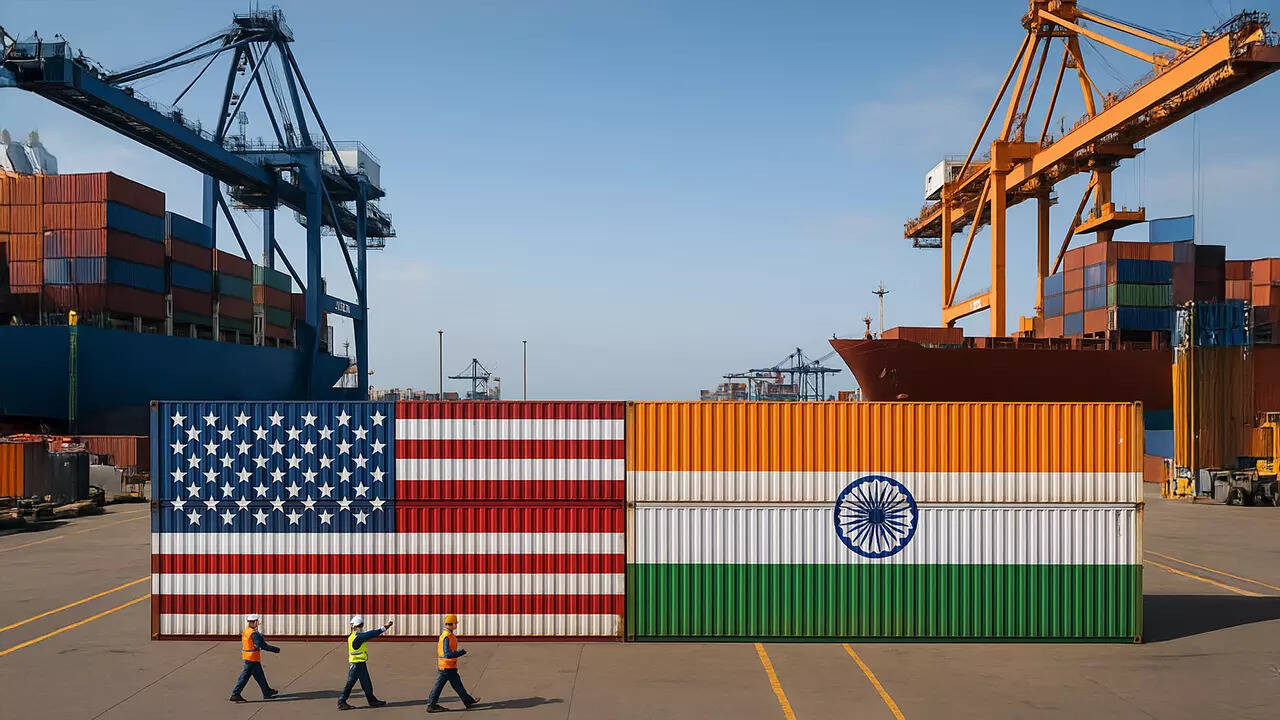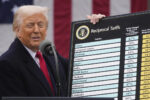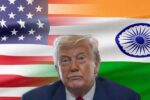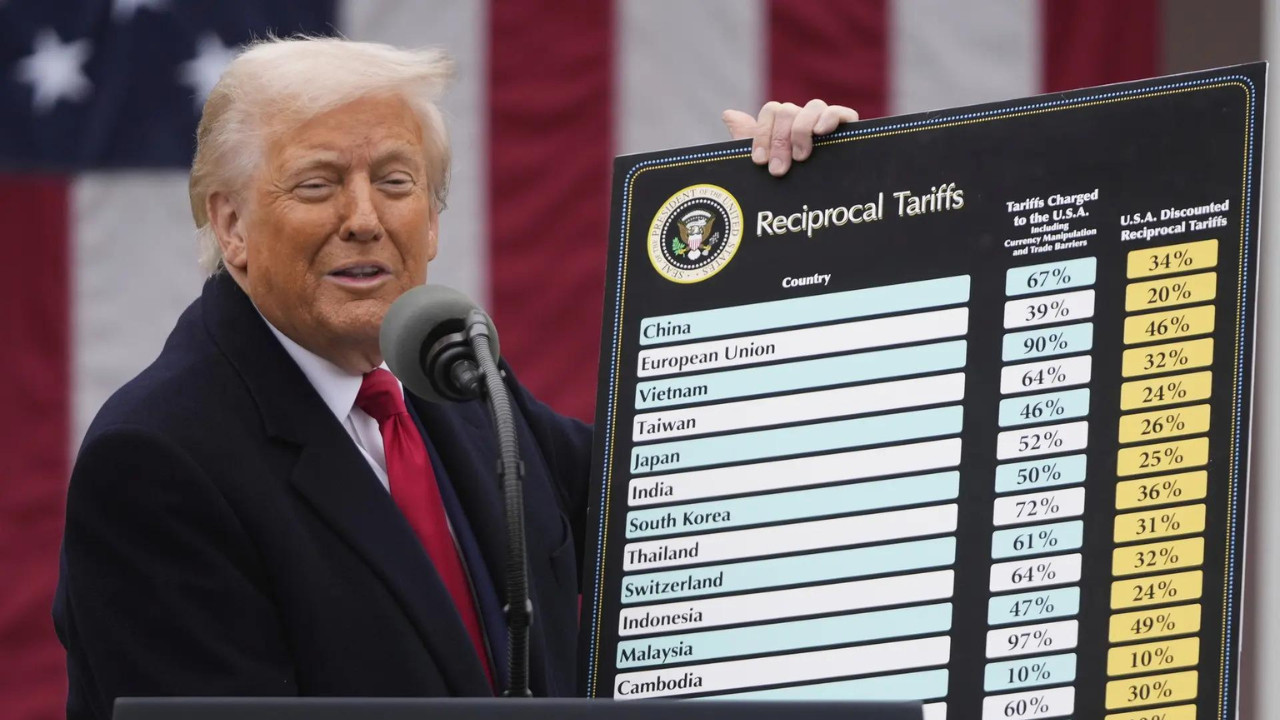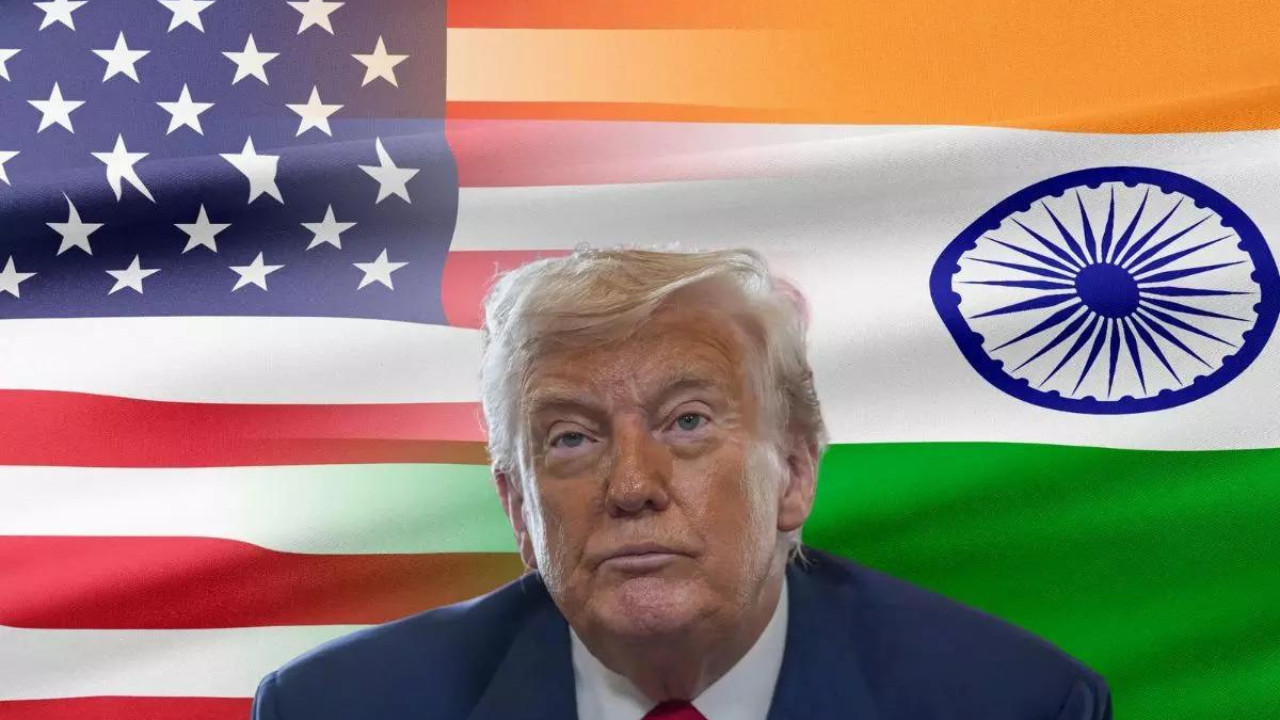India-US trade deal: India has set its red lines in ongoing trade negotiations with the US, particularly concerning agriculture and dairy sectors, ahead of President Trump’s July 9 tariff deadline. The decision on an interim trade deal now rests with America. India seeks complete exemption from the 26% tariffs.
India’s Trade Stance: A Firm Hand Ahead of Trump’s Tariff Deadline
The air is thick with anticipation, a palpable tension hanging over the future of trade relations between India and the United States. With Donald Trump’s tariff deadline looming, India has quietly, but firmly, drawn its own “red lines,” signaling a shift in its negotiating strategy. The message is clear: the ball is now firmly in the US court when it comes to forging a comprehensive trade agreement. But what exactly does this all mean, and how did we get here?
For years, trade talks between the two nations have been, to put it mildly, complex. A tapestry woven with threads of mutual interest and significant disagreement, the negotiations have often felt like a dance – two steps forward, one step back. Key sticking points have consistently included market access for American agricultural products and medical devices in India, alongside India’s demands for the restoration of preferential trade treatment under the Generalized System of Preferences (GSP) program, which the US revoked back in 2019.
The GSP program had allowed certain Indian goods to enter the US duty-free, providing a crucial competitive edge. Its removal dealt a blow to Indian exporters, particularly in sectors like textiles and engineering. Restoring this preferential treatment has remained a top priority for India in any potential trade deal.

Another major point of contention revolves around tariffs imposed by both sides on various goods. India has expressed concerns about US tariffs on steel and aluminum, while the US has criticized India’s tariffs on items like motorcycles and certain agricultural products. Finding a mutually acceptable solution to these tariff disputes is essential for unlocking a comprehensive agreement.
Navigating the Complexities of Trade Negotiations
What’s different this time around is India’s increasingly assertive stance. Instead of solely reacting to US demands, India is proactively outlining its own non-negotiable terms. This shift reflects a growing confidence in India’s economic strength and its willingness to stand its ground in international trade negotiations. Indian officials have been emphasizing the need for a “fair and balanced” deal that addresses India’s core concerns.
One of these “red lines” reportedly involves safeguarding India’s agricultural sector. India is wary of opening its markets to US agricultural products without adequate safeguards for its own farmers, who represent a significant portion of the population. Similarly, concerns remain around intellectual property rights and data localization policies.
The upcoming US elections further complicate the situation. Depending on the outcome, the US approach to trade negotiations could shift dramatically. India is likely taking a calculated risk, hoping that a firm stance now will put it in a stronger negotiating position, regardless of who occupies the White House next year.
The Road Ahead for India-US Trade
The potential benefits of a comprehensive trade agreement between India and the US are immense. Increased trade flows could boost economic growth in both countries, create jobs, and foster innovation. A deal could also strengthen strategic ties between the two nations, solidifying their partnership in a rapidly changing global landscape. You can read more about the strategic importance of the India-US relationship here.
However, bridging the remaining gaps will require significant political will and a willingness to compromise on both sides. India has clearly laid out its conditions. Whether the US is willing to meet those conditions remains to be seen. One thing is certain: the coming weeks will be critical in determining the future of India-US trade relations. The ball is in their court, and the world is watching to see how they play it. The stakes are simply too high for either side to walk away.
